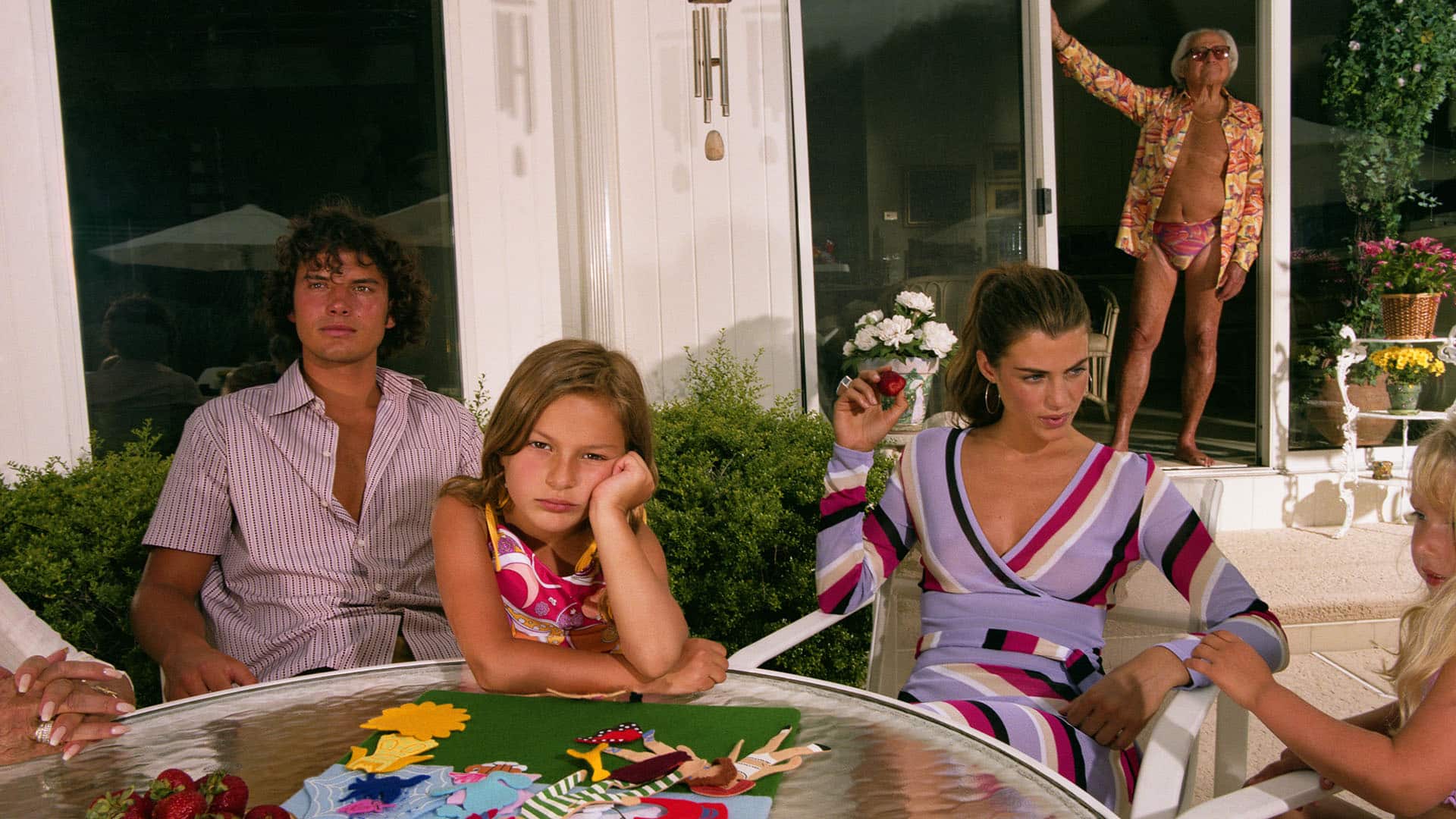“Family Matters,” both a book and an exhibition, explores how photographer Gillian Laub’s family’s support of Trump changed everything.

You’re getting blind.
Don’t miss the best of visual arts. Subscribe for $9 per month or $108 $90 per year.
Already suscribed ?



